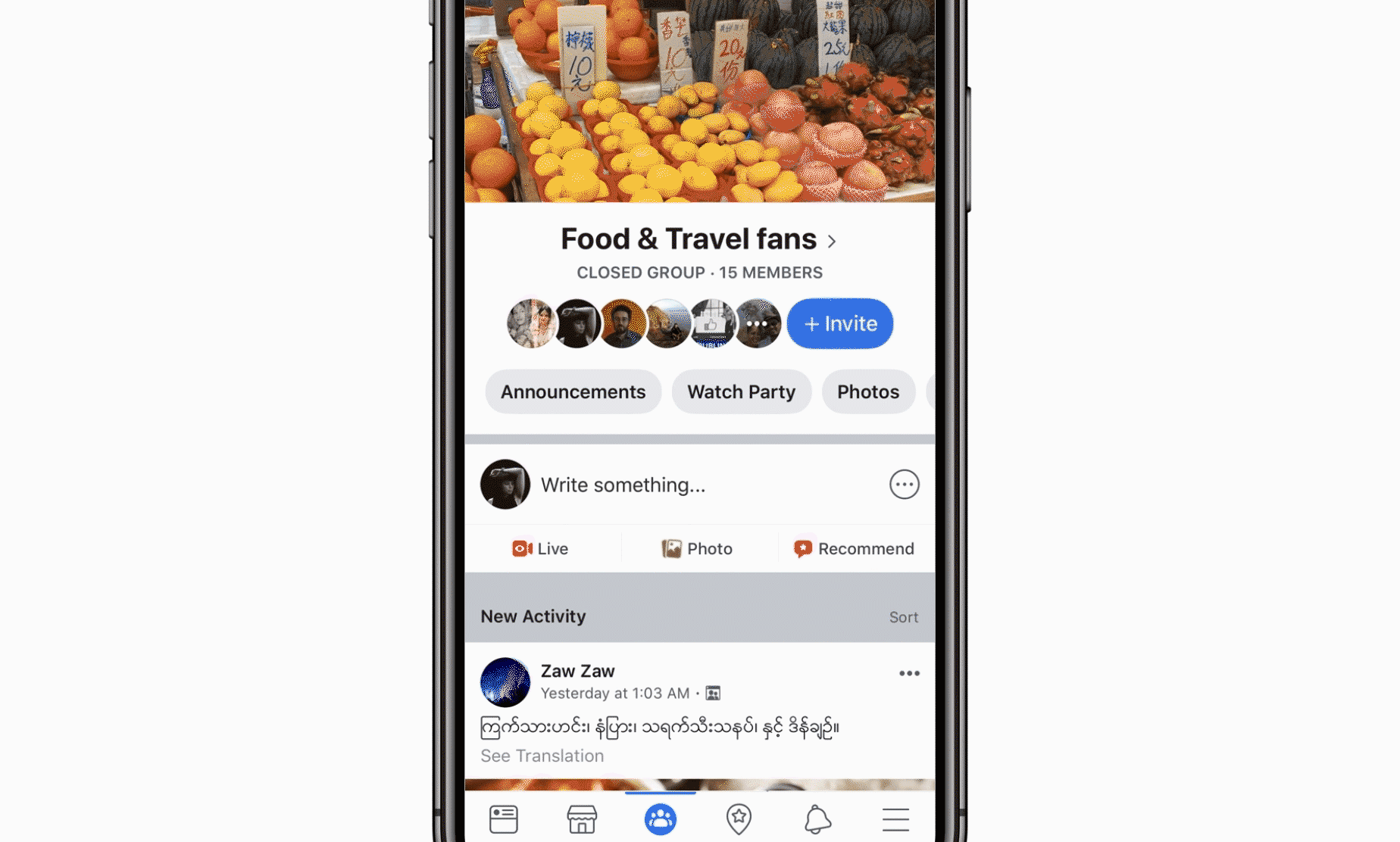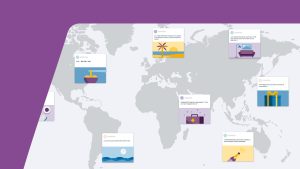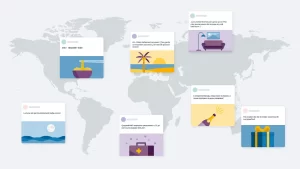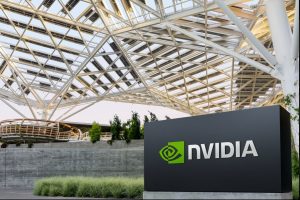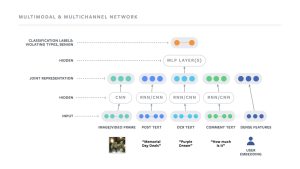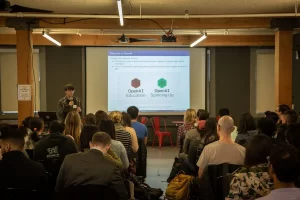MENLO PARK — Facebook AI is at the forefront of transforming machine translation (MT) for low-resource languages, achieving notable advancements that promise to enhance global communication. Traditionally, high-quality MT systems have depended on extensive parallel datasets, which are scarce for many languages. Facebook AI’s recent innovations address this gap, setting new standards for translation accuracy and efficiency.
Key Achievements:
- English-Burmese Translation Breakthrough: Facebook AI has developed a novel approach that integrates iterative back-translation with self-training and noisy channel decoding. This cutting-edge technique, applied to English-Burmese translations, won first place at the Workshop on Asian Translation (WAT) competition. The method achieved an impressive gain of over 8 BLEU points compared to previous systems, showcasing its effectiveness in low-resource settings.
- Enhanced Data Filtering with LASER Toolkit: The LASER (Language-Agnostic SEntence Representations) toolkit has been instrumental in refining parallel data quality. By filtering noisy data from public sources, LASER contributed to Facebook AI’s top performance in the corpus filtering task for Sinhala and Nepali at the Fourth Conference on Machine Translation (WMT). This tool enables the extraction of high-quality sentence pairs, which significantly improves the training of MT systems for low-resource languages.
- Integration Across Facebook’s Ecosystem: Facebook AI’s innovations are now enhancing translation services across Facebook’s suite of applications. This includes support for additional low-resource languages such as Lao, Kazakh, Haitian, Oromo, and Burmese. With nearly 6 billion translations processed daily, these advancements are crucial for delivering precise and efficient language services to a global audience.
Innovative Methodologies:
Facebook AI’s approach addresses the challenges of limited parallel data by leveraging monolingual sources. By combining back-translation and self-training methods, researchers create high-quality synthetic datasets, leading to improved translation models through iterative refinement. This technique has proven effective in adapting to the unique linguistic features of low-resource languages, such as Burmese.
The LASER toolkit, with its universal encoder, has also enhanced data filtering processes, resulting in an average quality increase of 2.9 BLEU points. Additionally, LASER played a key role in developing Wikimatrix, the largest parallel dataset available, featuring 135 million sentences across 1,620 language pairs.
From Research to Production:
Translating research advancements into production involves addressing challenges related to model efficiency and scalability. Facebook AI employs sequence-level knowledge distillation to optimize large models for real-world applications, balancing performance with computational efficiency. This technique ensures that high-performing models are suitable for deployment across Facebook’s platforms.
Looking Ahead:
Facebook AI remains committed to advancing low-resource MT technology and improving global communication. Future research will focus on enhancing translation systems by utilizing smaller datasets and refining content personalization and moderation. Collaborative efforts with the research community, including initiatives like the AI Language Research Consortium, are pivotal for driving further progress.
Facebook AI’s dedication to open science and reproducible research continues to lower entry barriers and accelerate advancements in the field. The release of essential datasets like FloRes and Wikimatrix underscores Facebook AI’s role in fostering progress and supporting the broader MT community.


